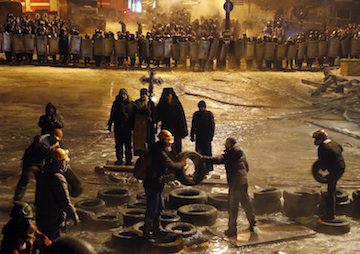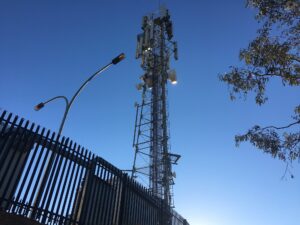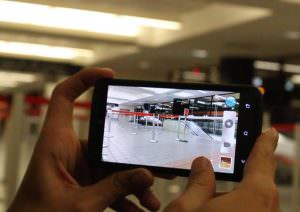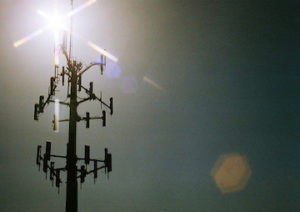Ukrainian Protests Persist Despite ‘Orwellian’ Surveillance, Violence
Clashes between the Ukrainian government and demonstrators continued Friday, despite President Viktor Yanukovych offering to give a little ground. The government's creative use of text messaging earlier in the week, not to mention violence, had something to do with the ongoing calls for regime change.

Protesters clean tires from the street as Orthodox priests pray standing between protesters and police lines in central Kiev, Ukraine, early on Friday. (AP Photo/Sergei Grits)
Clashes between the Ukrainian government and demonstrators calling for regime change were ongoing Friday, despite President Viktor Yanukovych offering to give a little ground.
Yanukovych said he would revise newly enacted laws designed to crack down on the opposition, change up his administration and pardon some jailed protesters. But as the BBC reported that day, those concessions weren’t enough for him to keep a firm grip on his position:
But opposition leader Vitaly Klitschko said the protesters now wanted the president to resign.
In Kiev, protesters began throwing Molotov cocktails and stones at police.
Late on Friday, they also burned tyres on the barricades on Hrushevskyy Street – the scene of recent deadly clashes near the main protest camp on the capital’s Independence Square.
Earlier, the protesters seized a number of government offices across Ukraine.
The crisis escalated this week when the first deaths in the unrest happened.
Two protesters were shot dead during clashes on Hrushevskyy Street. The opposition says they were killed by riot police or snipers – the government denies the claim.
And an activist was found dead in woods near Kiev after apparently being abducted, tortured and left to die in the snow.
On Tuesday, reports emerged that some protesters, as well as others who happened to be in the vicinity, were receiving text messages like this: “Dear subscriber, you are registered as a participant in a mass disturbance.”
Through the use of telephone technology and the new anti-protest laws (now up for review, Yanukovych claims), government forces are able to pinpoint, profile and message anyone near protest locations. In an effort to further extirpate protests, which have in total included more than a million people, the administration also issued restrictions on public assembly and blocked a march past the Parliament building.
Earlier in the week, The New York Times picked up on accusations that the government was attempting to cause schisms within the opposition in order to “divide and conquer,” hiring outside factions to cause problems and further discredit any opposition movement.
Meanwhile, The Washington Post attributed the wave of recent protests to Yanukovych’s bids to impose “strict limits on the press, on peaceful assemblies, on Internet use and even on speech itself.” Yanukovych’s move away from an association agreement with the European Union in November, and Russia’s subsequent offer to Ukraine in December of a $15 billion stimulus package, brought public anger to a crisis point late last year.
— Posted by Donald Kaufman.
Independent journalism is under threat and overshadowed by heavily funded mainstream media.
You can help level the playing field. Become a member.
Your tax-deductible contribution keeps us digging beneath the headlines to give you thought-provoking, investigative reporting and analysis that unearths what's really happening- without compromise.
Give today to support our courageous, independent journalists.





You need to be a supporter to comment.
There are currently no responses to this article.
Be the first to respond.